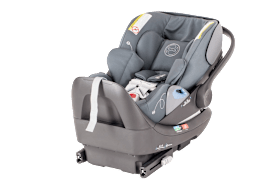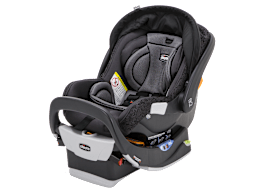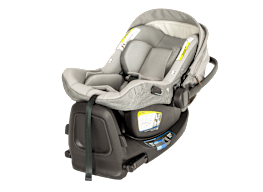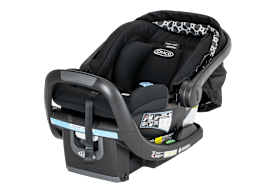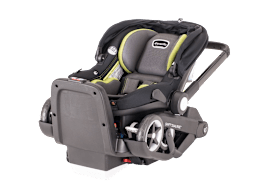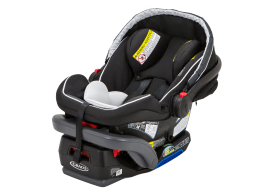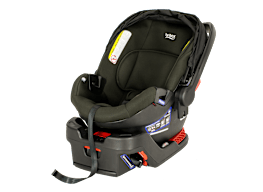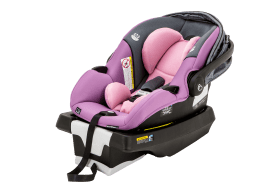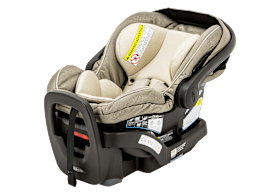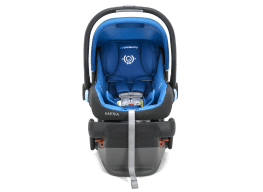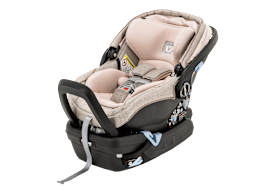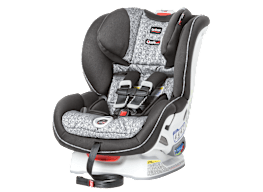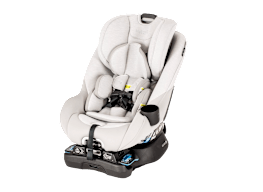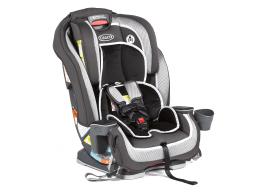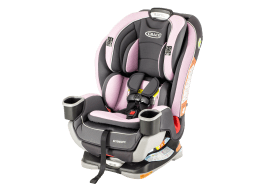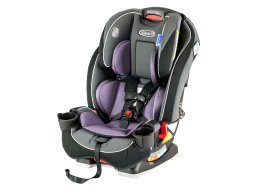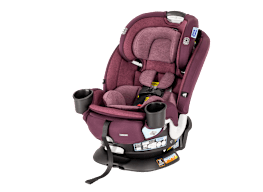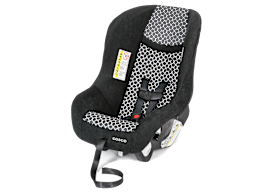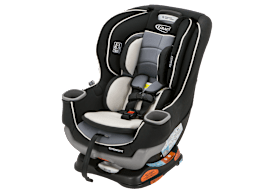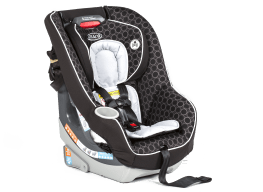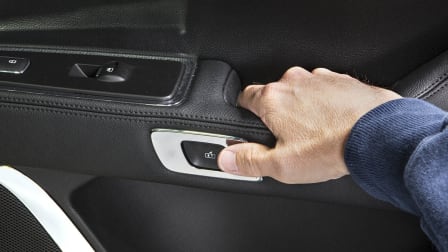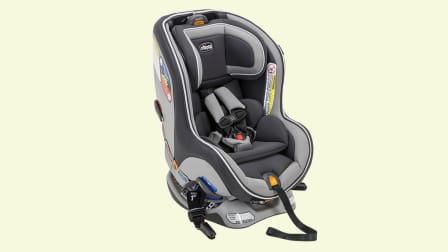Toxic Chemicals Found in Child Car Seats
Study raises concern, but car seats remain vital to small traveler safety

While progress is being made, child car seats designed to provide safety for small children still contain toxic chemicals, according to a study published by the Ecology Center’s Healthy Stuff lab. Despite the concerns raised by this study, using a properly installed child safety seat is still the best way to transport a child by car.
The 2022 study showed that while car seat companies have made significant improvements in reducing children’s exposure to the toxic chemicals found in flame retardants, some seats, particularly those with lower prices, still contain some potentially harmful chemicals. The study highlights the good news that 42 car seat models from eight companies are now marketed as being free of flame retardant (FR). That compares with just eight seats and four companies in 2018. Chemical flame retardants are added to the seats to meet federally mandated flammability requirements for vehicle interiors.
What Can You Do?
- Continue to use your child restraint. The risk of your child being hurt in a crash is far greater than the known issues surrounding the chemical exposure.
- Limit use outside the car. For a number of other safety reasons related to your child’s development, ability to breathe, and overall safety, as well as limiting their exposure to such chemicals, you should avoid using your child seat for extended periods that don’t include travel. Your child’s car seat shouldn’t be used for long periods of sleeping, eating, or playing.
- Keep seats clean. Take some time to periodically vacuum not only the seat but also the vehicle’s interior. This will help limit the amount of dust, which is where chemicals released from the seat or vehicle’s interior may settle.



















